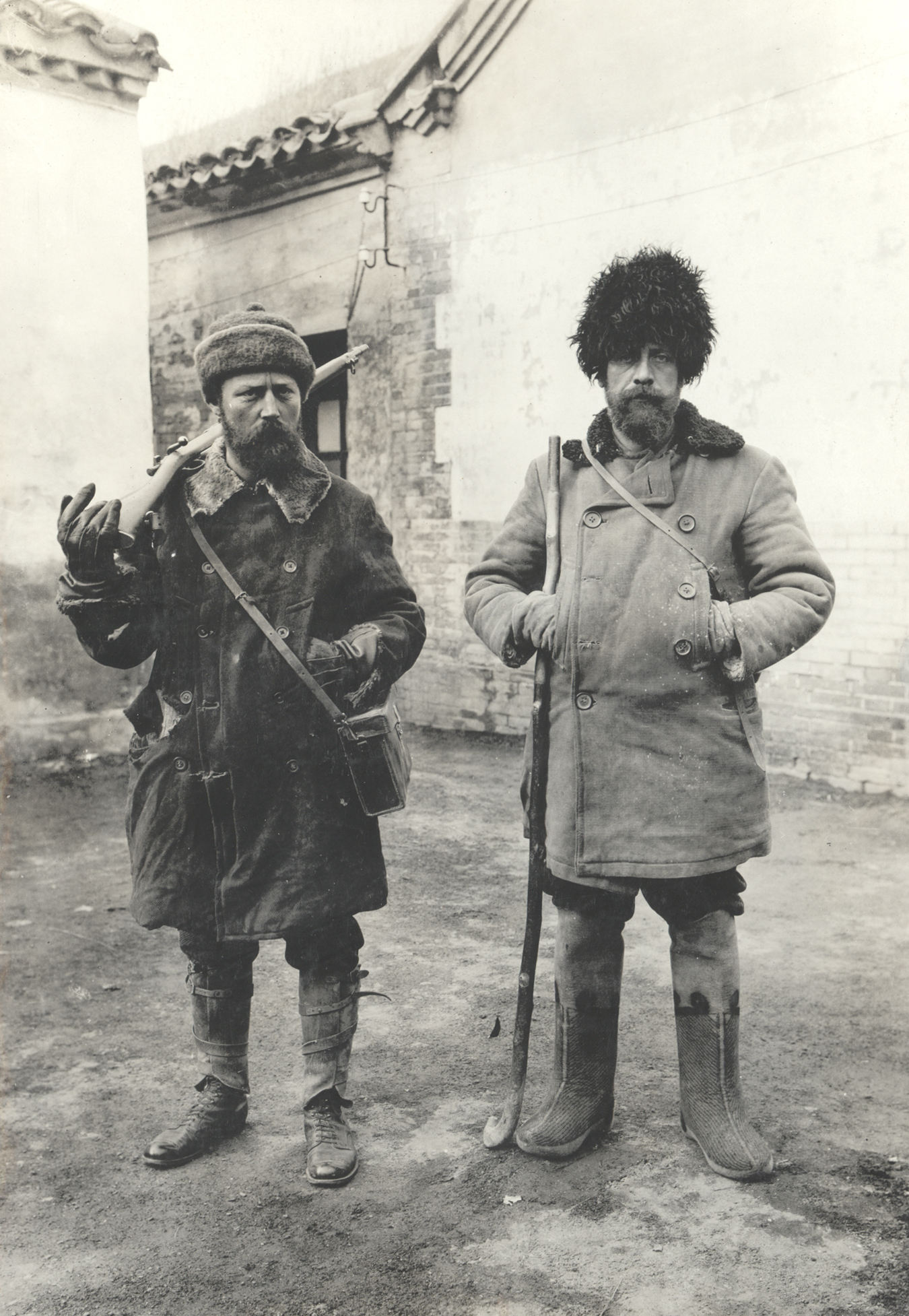Expedition Stats
- Event Type
- Campaign
- Collection Type
- Germplasm, Herbarium Specimens
- Arnold Arboretum Participants
- Frank Nicholas Meyer, Johannis J.C. de Leuw (assistant), Chow-hai Ting (interpreter)
- Other Institution(s)
- United States Department of Agriculture
From 1905-1918, Frank Nicholas Meyer conducted a plant collecting campaign in China, northern Korea, Siberia, and central Asia for the United States Department of Agriculture (USDA).
His mission was to collect plants with economic value for introduction to America agriculture. When Meyer sailed for China in 1905, he began a 13-year odyssey that led to the introduction of more than 2,000 species of plants.
Meyer’s supervisor, David Fairchild of the USDA’s Foreign Plant Introduction Section, made an arrangement with Arnold Arboretum director Charles Sprague Sargent to have Meyer collect ornamental woody plants for the Arboretum along with photographs of plants and landscapes.
The Explorer
Born in Amsterdam, Frank Meyer began his career at the Hortus Botanicus Amsterdam where he worked his way up to the position of head gardener in charge of the experimental garden. His aptitude caught the attention of the director, botanist and geneticist Hugo de Vries, who became his mentor.
Meyer sailed to America in 1901 and obtained work with the USDA in their greenhouses in Washington, D.C. After a year with the USDA, he went to Mexico to collect plants. On his return in 1904, David Fairchild hired Meyer to make a collecting trip to China.
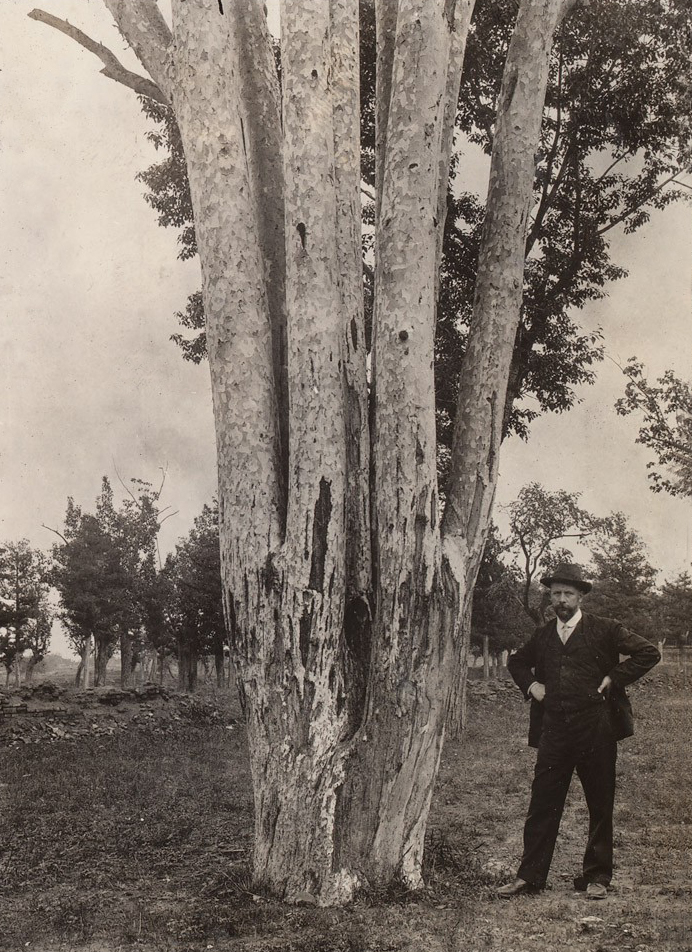
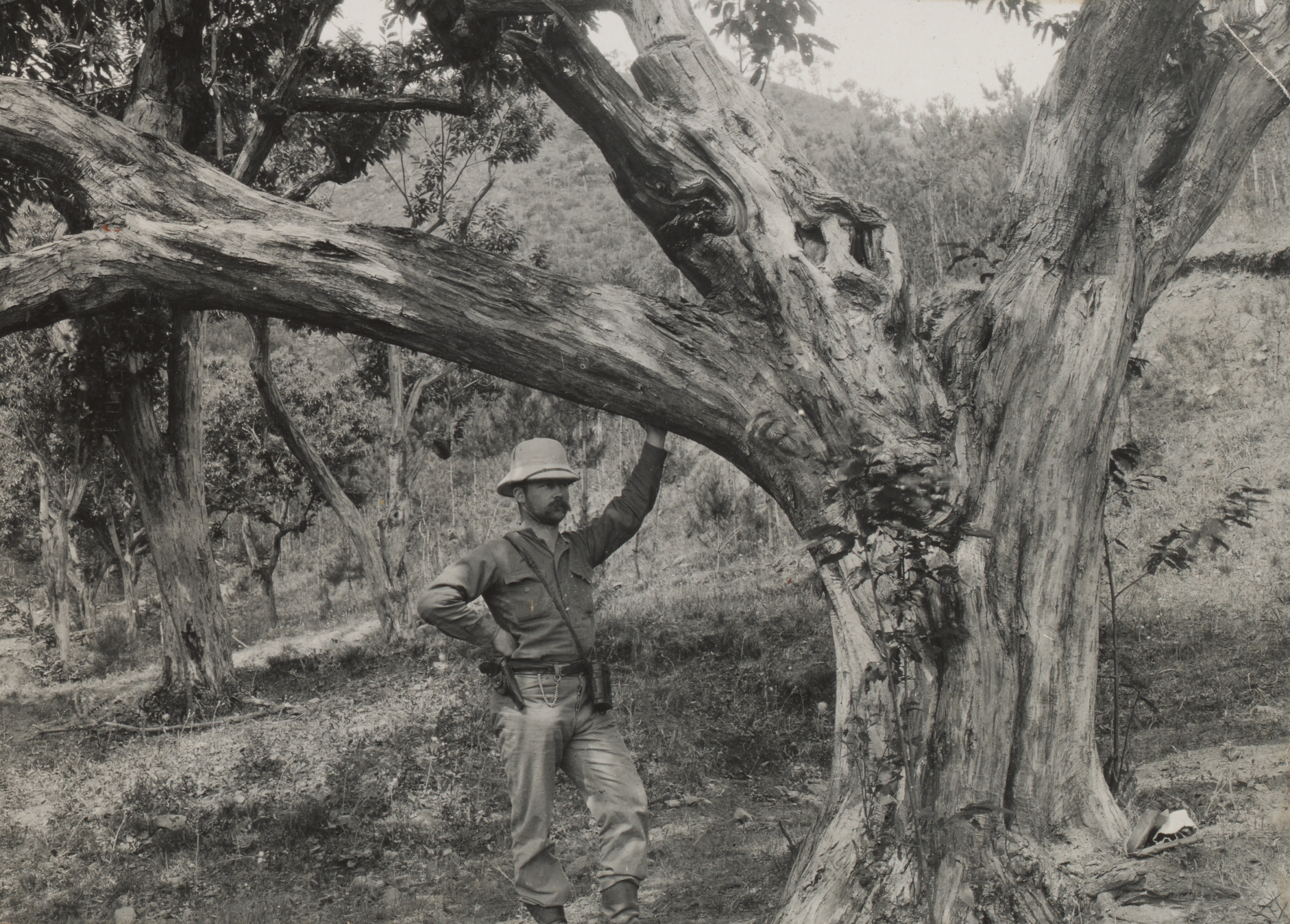


The Collecting Campaign
First Expedition, 1905-1907
Meyer’s first expedition took him to northern China, Korea and Siberia. During this initial expedition, Meyer concentrated on collecting seeds and scions of fruit trees and other edible plants such as the Chinese pistachio (Pistacia chinensis), wild peach trees (Prunus davidiana), and a dwarf lemon (Citrus x meyeri) that would become famous as the Meyer lemon. He also found some notable ornamentals such as a maple (Acer truncatum), a columnar juniper (Juniperus chinensis ‘Columnaris’), and the Amur lilac (Syringa amurensis).
While in Shanghai in February 1907, Meyer met the Arboretum’s plant explorer Ernest Henry Wilson. In spite of an initially awkward introduction, they became good friends. Meyer returned to the United States in the summer of 1908 and spent the next year visiting agricultural experiment stations and sorting the photographs from his expedition.

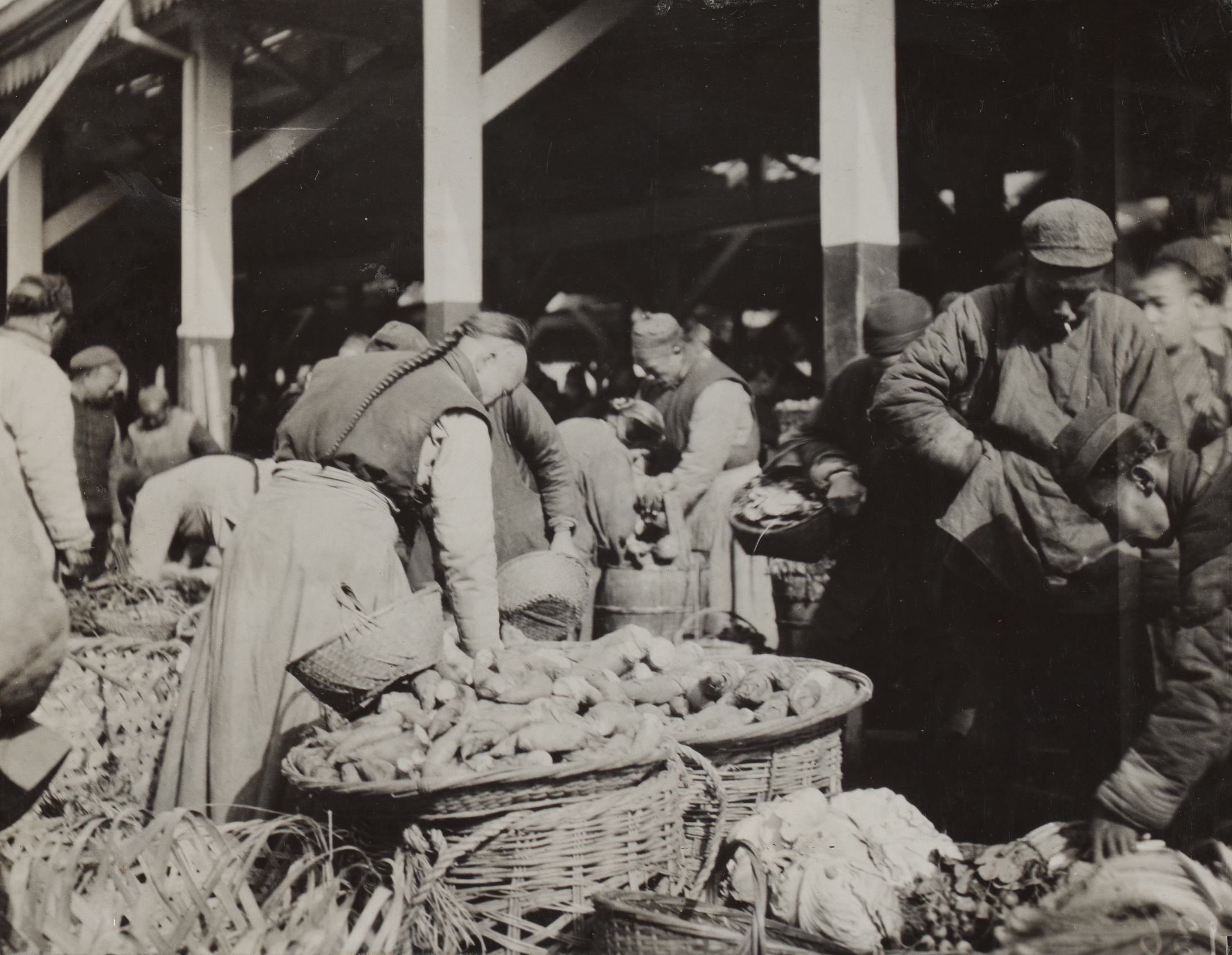



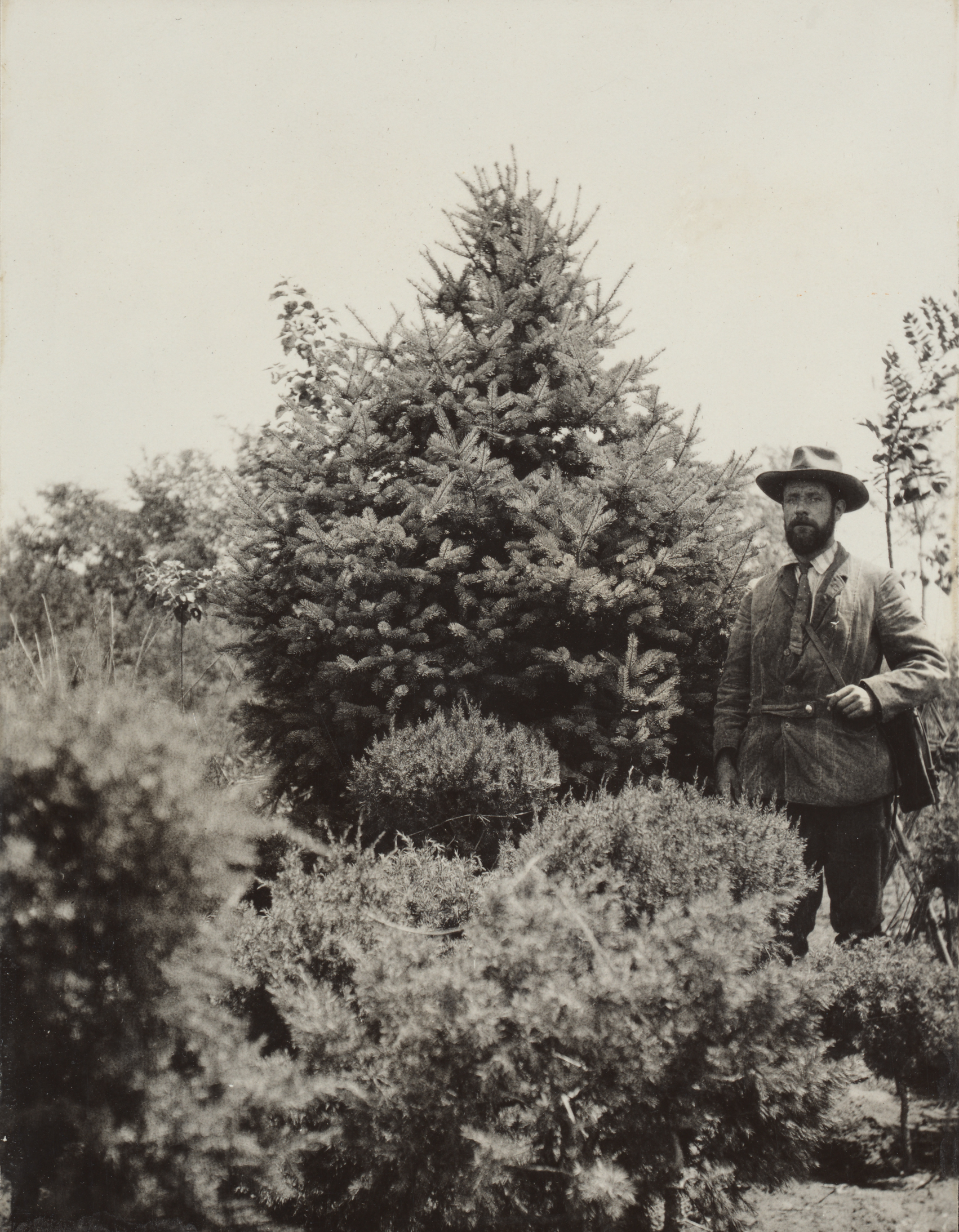



Second Expedition, 1909-1912
In the fall of 1909, Meyer returned to Asia by way of Europe. He visited the Royal Botanic Gardens, Kew and other botanical gardens on the continent. Meyer continued on to Crimea and then on to Azerbaidzhan, Armenia, Turkmenistan, and Xinjiang Province (Chinese Turkestan), all the while collecting specimens for the USDA and the Arboretum.
The beginning of 1911 found Meyer and his party exploring and collecting along the border of Mongolia and Siberia. Political unrest forced him westwards instead of continuing on into China.
He journeyed up the Volga, on to St. Petersburg and Europe. He returned to the United States in 1912 on the Mauretania, one day behind the ill-fated Titanic. After a brief sojourn in America, Meyer prepared to return to Asia.

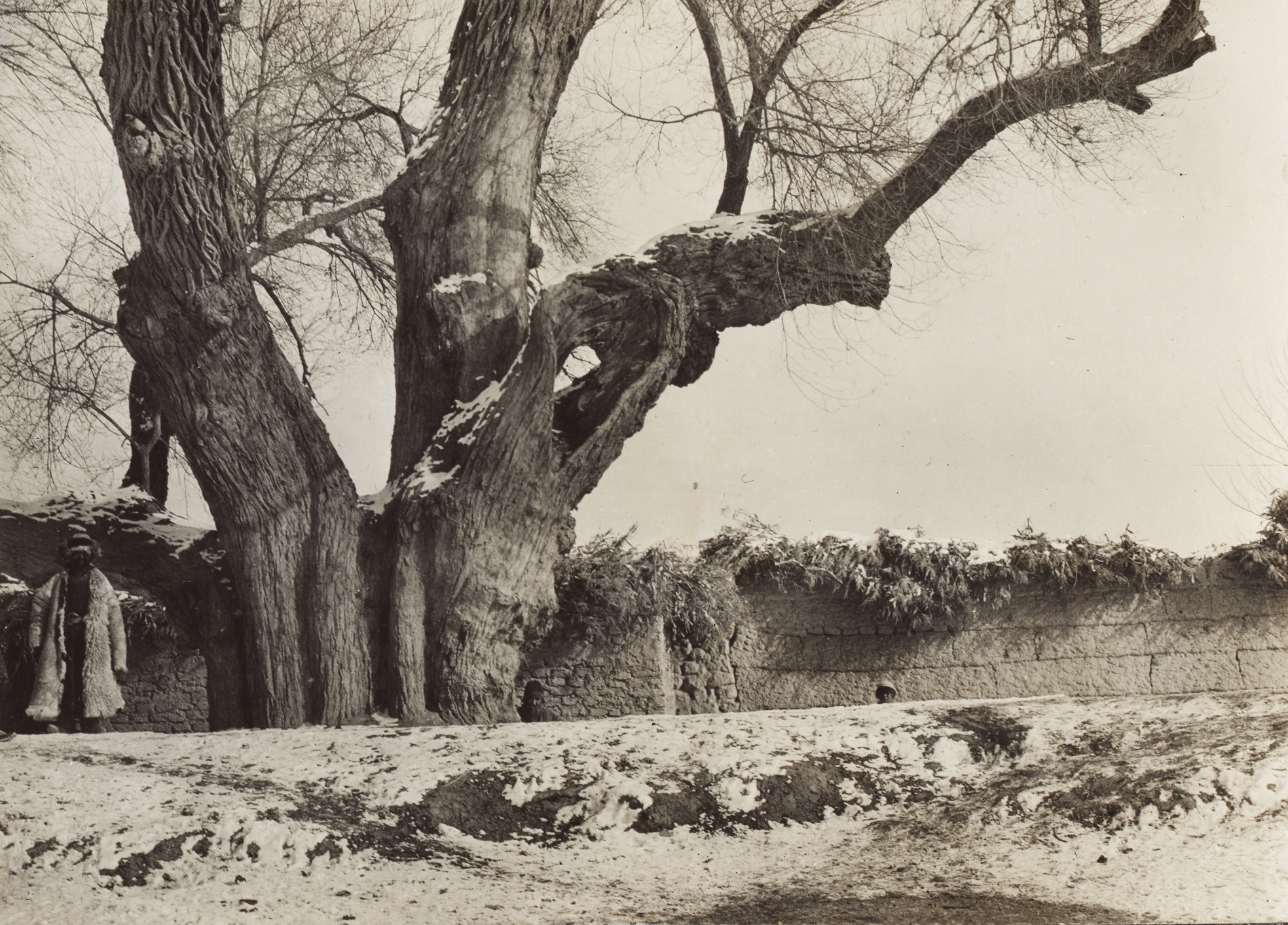



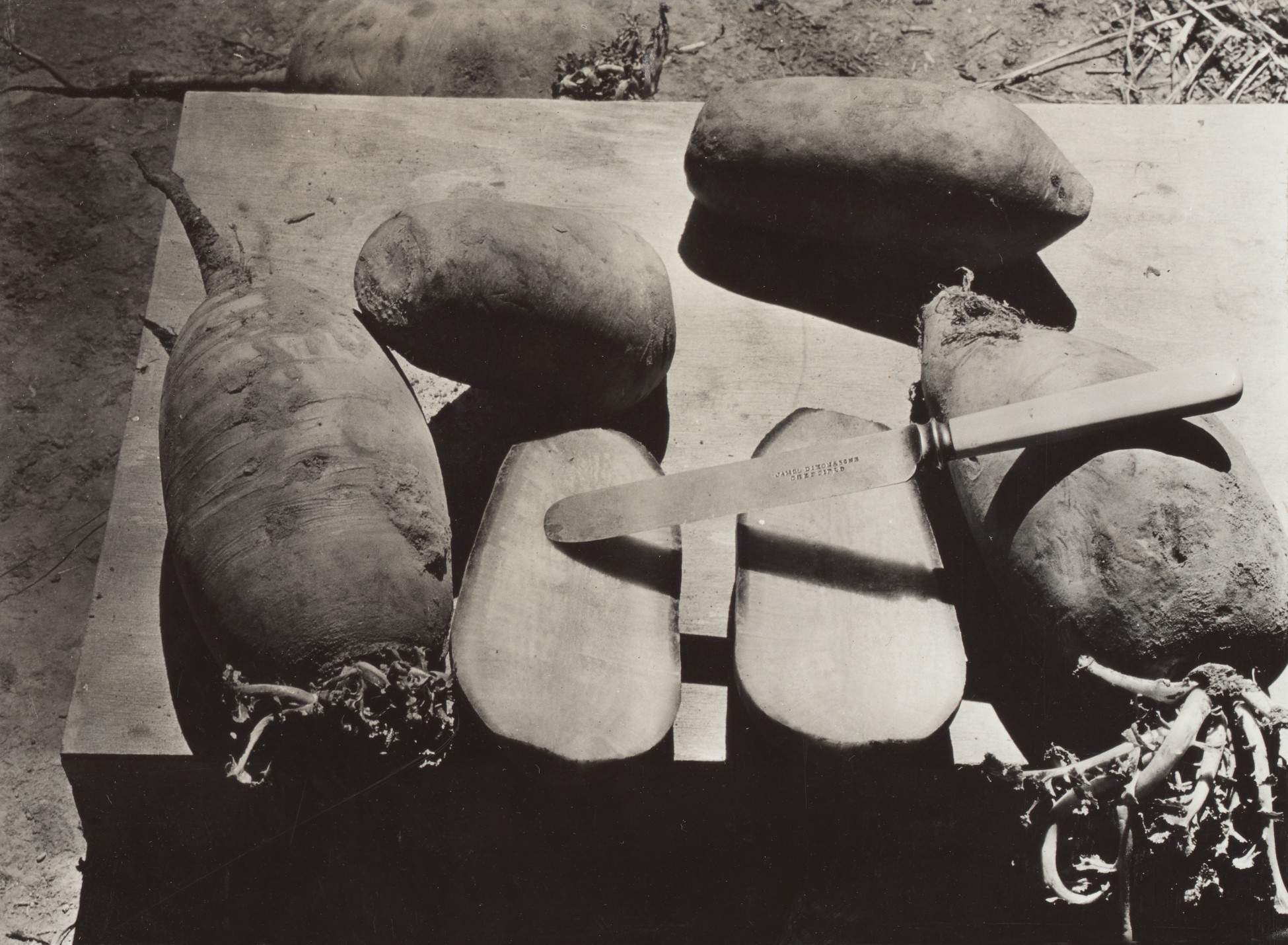



Third Expedition, 1913-1915
Meyer returned to China in 1913 with a request from the U.S. Office of Forest Pathology to ascertain whether the chestnut blight disease was of Asian origin. He was able to prove that it had indeed developed in China, but the disease had not decimated the Asian chestnuts species.
In December 1913, he and his party left Beijing for Shaanxi, then journeyed on to Shanxi and Henan Provinces, all the while collecting numerous specimens, scions and seeds. He had intended to explore Gansu, but the loss of his interpreter and the presence of bandits curtailed his activities. The expedition returned to Beijing. They soon set off again for the same area and then on to Gansu and Qinghai Province (Tibetan borderlands).
News of the outbreak of World War I upset Meyer badly. That, combined with difficulties he had been having with his interpreter and his porter, led to an incident in the remote town of Siku, in which Meyer either pushed or threw both men down a flight of stairs. The matter ended up before the local magistrate. It took the intervention of Reginald Farrar, who was also plant hunting in the area at the same time, to make sure Meyer was acquitted.
In November 1914, Meyer journeyed north to Lanzhou to collect more specimens and finally began the return trip to Beijing at the beginning of 1915. After packing his specimens and collecting additional materials at Fairchild’s request, the party traveled south to Hangzhou by way of Nanjing, and on to Shanghai and Japan and finally to America.
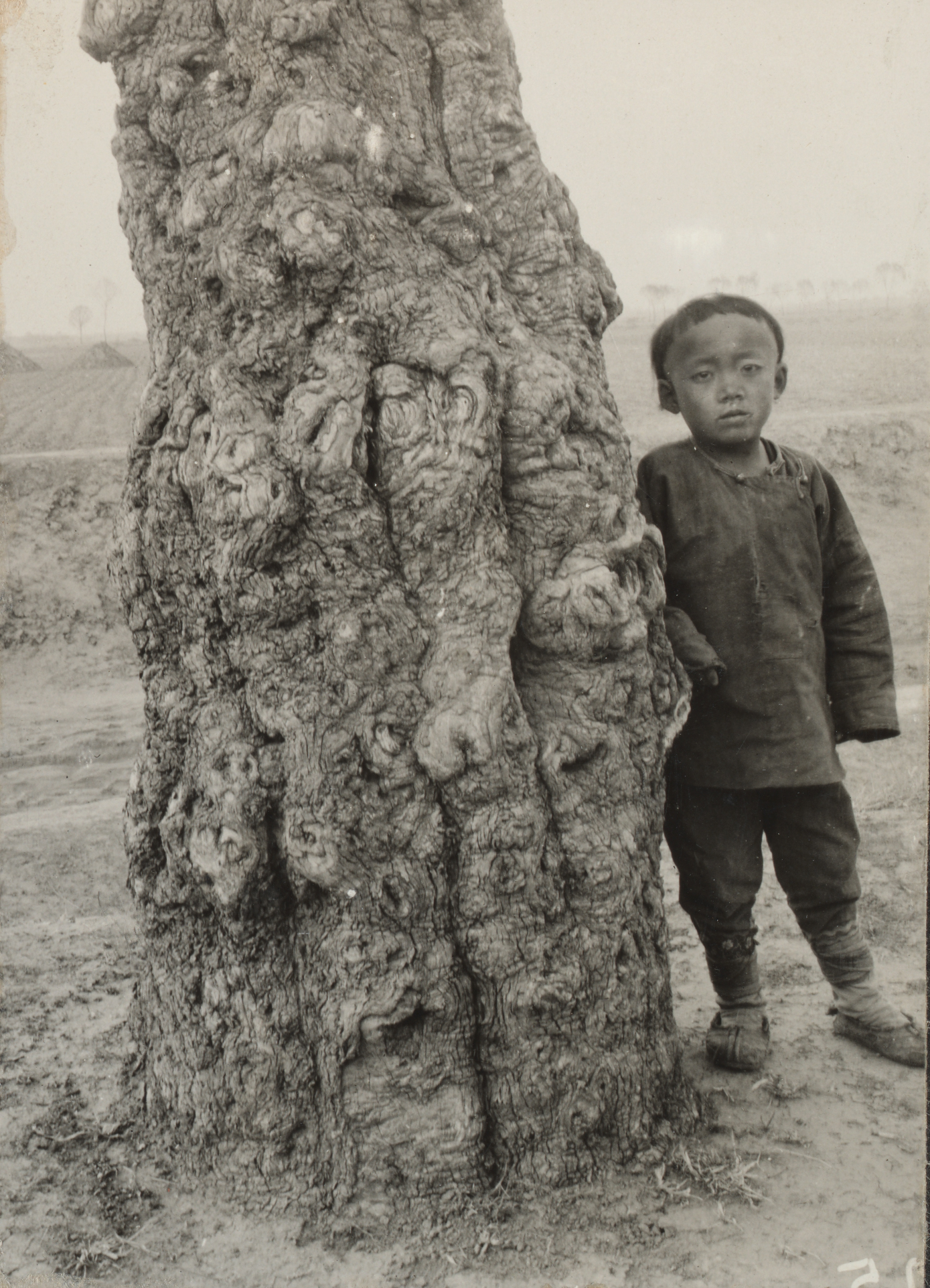
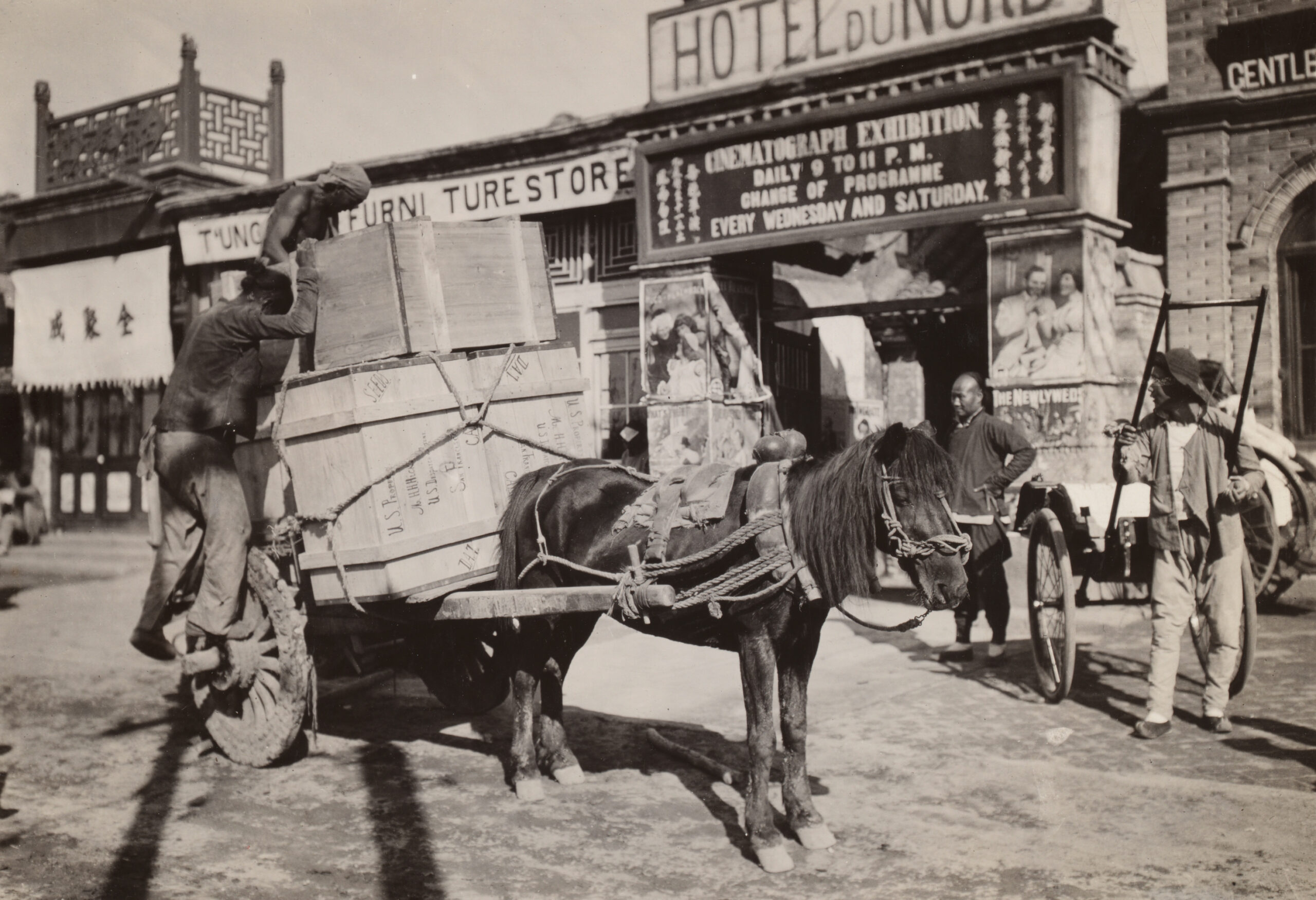






Fourth Expedition, 1916-1918
Meyer’s last expedition began in 1916 when he returned to China via Japan, Beijing, and then on to Hebei (formerly Chili Province), Ichang and Jingmen in Hubei. In the early winter of 1916 he made collections of a number of varieties of Ussuri pears (Pyrus ussuriensis) which he photographed and described. Civil unrest forced him to spend the winter of 1917 in Ichang.
On June 1, 1918, Meyer boarded a boat for Shanghai, but that evening he fell to his death from the steamer. His body was later found in the Yangtze River 30 miles from Wuhu. He was buried in Shanghai.
In 1920, his former associates at the USDA had a medal struck with funds he had bequeathed to them. In recognition of his contributions and service, the Frank N. Meyer Medal for Plant Genetic Resources is presented yearly for service to the National Plant Germplasm System, whose mission is to preserve the genetic diversity of plants.




Photographer
Frank Meyer was a prolific photographer of the minutia of daily life. With his snapshot camera he captured laborers at their work, bamboo furniture, boatmen hauling lines, a giant cake made with jujubes, and hundreds more fascinating images. In contrast to Ernest Wilson’s grand, highly composed photographs, Meyer’s are very much of the moment. He was meticulous in explaining not only what was depicted in the image, but also why it was the way it was. All of the quoted extracts included with the photographs illustrating this article are from Meyer’s image captions.
His captions reflect his empathy with the subject matter and the enthusiasm he held about the potential for improvements in economic botany in the West based on his exploration of the East.
We have been fortunate to digitize our collection of 1344 individual Meyer photographs and their descriptions.
Dig Deeper
Meyer’s biographer Isabel S. Cunningham donated her papers and notes to the National Agricultural Library. Learn more here.
Cunningham profiled Meyer in Arnoldia in 1984. Read “Frank Meyer: Agricultural Explorer.”
This article was written with contributions from Sheila Connor.
by Lisa Pearson
